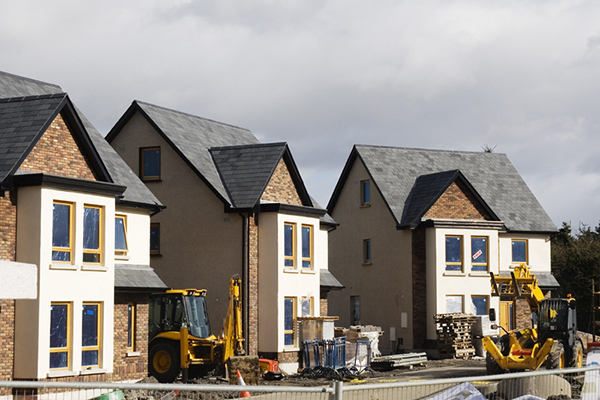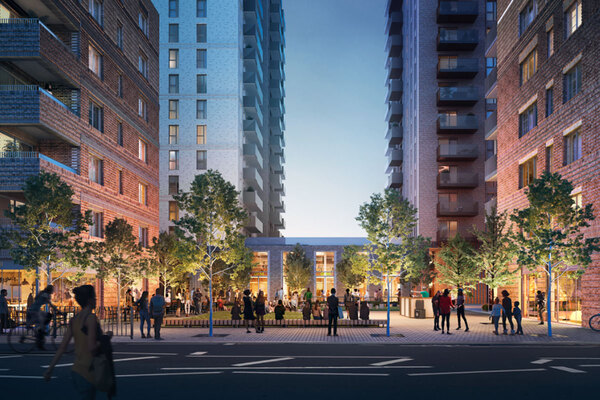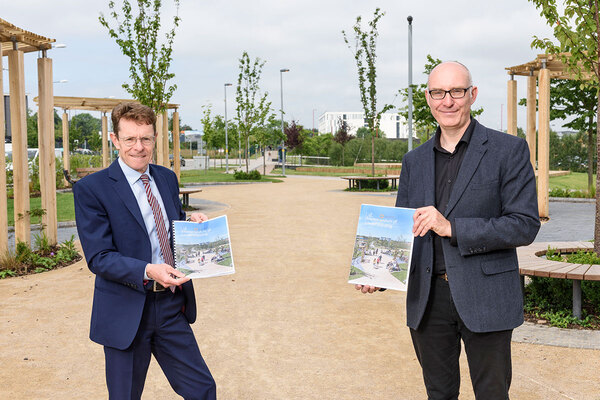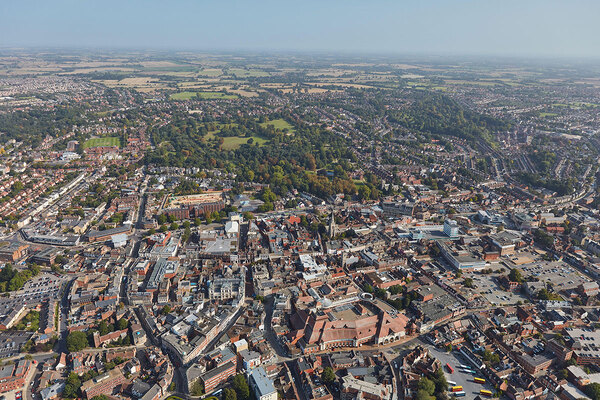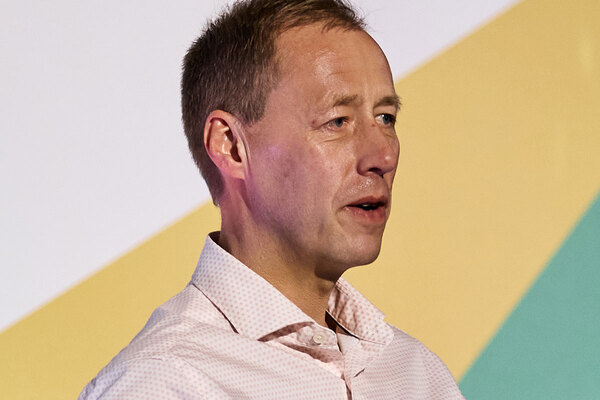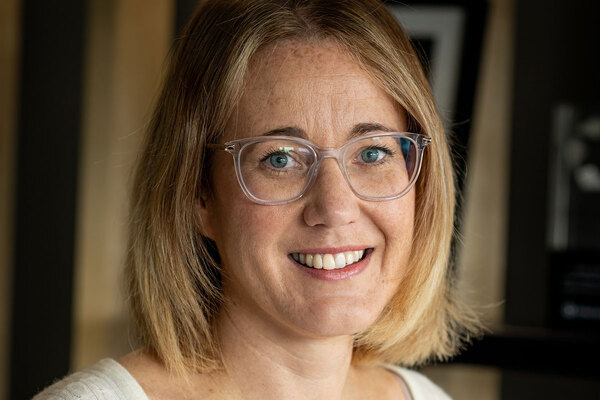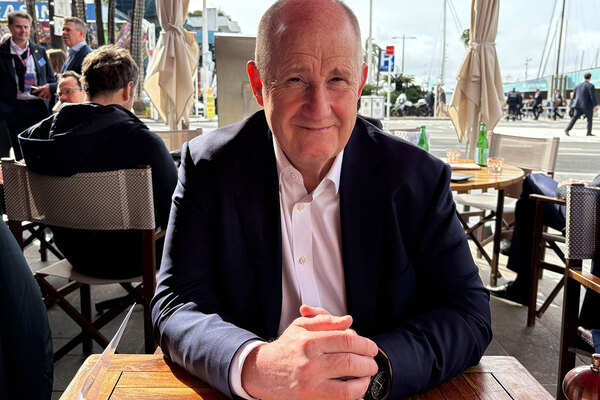Blackstone-backed for-profit eyes development partnerships to deliver more non-Section 106 homes
One of the country’s largest for-profit providers of social housing has said it is looking to enter into more development partnerships with councils and housing associations, in part due to the “uncertainty” around Section 106.
Alison Thain, chair of Sage Housing, said the organisation is in talks with a number of potential development partners as part of a bid to increase the number of homes it delivers and to diversify its pipeline.
Since the Blackstone-backed for-profit launched in 2018, the organisation has mainly grown its portfolio by acquiring Section 106 properties from house builders.
Ms Thain said that Section 106 “is still the core of what we do”, but that the organisation is also looking into signing development agreements “with traditional RPs as well as local authorities”.
Sage recently signed such an agreement with Barnet Council in a deal that will see the for-profit forward-fund the delivery of 142 affordable homes as part of the regeneration of Upper and Lower Fosters.
Such development agreements are becoming increasingly common. For-profits including Legal & General and M&G are providing funds for housing associations to develop homes that will be owned by the former and managed by the latter.
From a housing association’s perspective, such deals are viewed as a way to free up capital that can instead be spent on other commitments, such as fire safety and decarbonisation.
In terms of development partnerships, Ms Thain said Sage is “open to everything… if we can do better at what we’re doing, if we can do more and if we can help anyone else do more as well, particularly through our investment opportunities”.
She said: “We’re very interested to see how we can provide additionality beyond Section 106 because we have got this enormous opportunity because of our investors.”
Ms Thain said Sage was also looking towards development partnerships due to the “uncertainty around Section 106” caused by the government policies such as First Homes and the proposed planning reforms, which could see Section 106 and the Community Infrastructure Levy replaced with a single Infrastructure Levy.
“The planning framework is in flux so it’s all leading to us not having all our eggs in one basket. So we’re still looking to Section 106, but also partnership opportunities with local authorities and other RPs,” she said.
Over recent years a number of larger housing associations have tried to move away from the number of Section 106 homes they acquire due to a lack of control over the quality of the homes they purchase.
When asked about this, Ms Thain said: “Defects are a problem. I’m not going to pretend it hasn’t been an issue for us.
“It’s a problem in housebuilding generally, isn’t it? We’re working really hard to get on top of it and we’ve got employer’s agents and teams of people checking on quality before handover.”
She said Sage has recently started working on its own specification to make sure that it is involved at the beginning of the development process, which she said house builders have been “remarkably open” to.
Sage Housing delivered 2,162 affordable homes last year and exchanged contracts on 4,254.
The organisation has a target to own 20,000 affordable homes by 2022 and Ms Thain said Sage has already signed deals on almost enough homes to meet this target.
Roughly 60% of the homes Sage delivers are for affordable rented tenures, including about 10% social rent, while the remaining 40% are shared ownership.
In addition to developing homes and acquiring Section 106 properties, the firm uses government grant to buy market sale homes and convert them to affordable tenures.
Ms Thain said Sage is “weighing up” whether to apply to become a strategic partner with Homes England, after the government agency announced that it would allow for-profits to join the scheme, which sees providers enter into long-term grant agreements rather than bidding on a scheme-by-scheme basis.
“The longer-term commitments under a strategic partnership are just a bit clunky for us at the moment. We’re in continuous market engagement now anyway so we enjoy a good relationship with people there, but we want to be clear that we’re not going to be committing to something down the line that is going to start to be a problem for us if we wanted to change tack,” she said.
The number of for-profit housing associations has grown rapidly since Sage was first launched in 2018.
A recent report by Savills predicted that for-profit providers could deliver 130,000 affordable homes over the next five years.
Update (02/08/21): The headline of this story was amended to make it clear that the uncertainty around Section 106 was one of several reasons why Sage was looking towards development partnerships to diversify its delivery of homes.
Sign up for our development and finance newsletter
Already have an account? Click here to manage your newsletters
